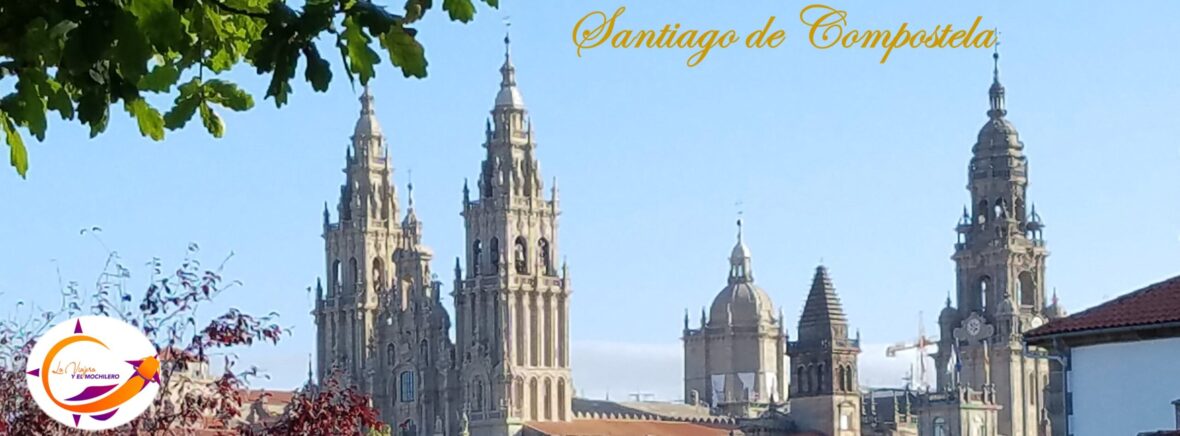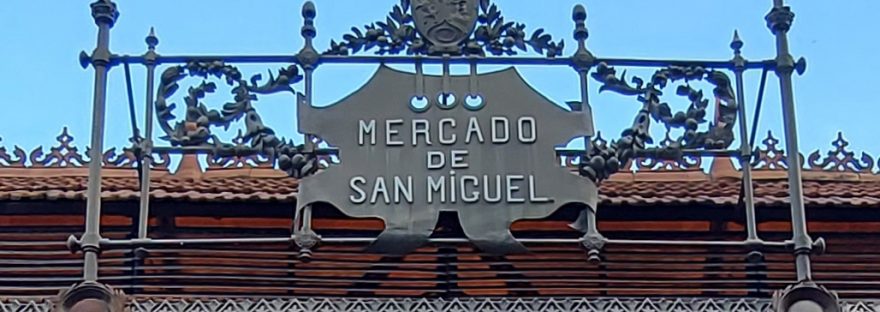Each time we visit Spain and arrive in Madrid, we just have to stop at the “Mercado de San Miguel” (Saint Michael’s Market), located in the square that bears its name and near the Plaza Mayor.
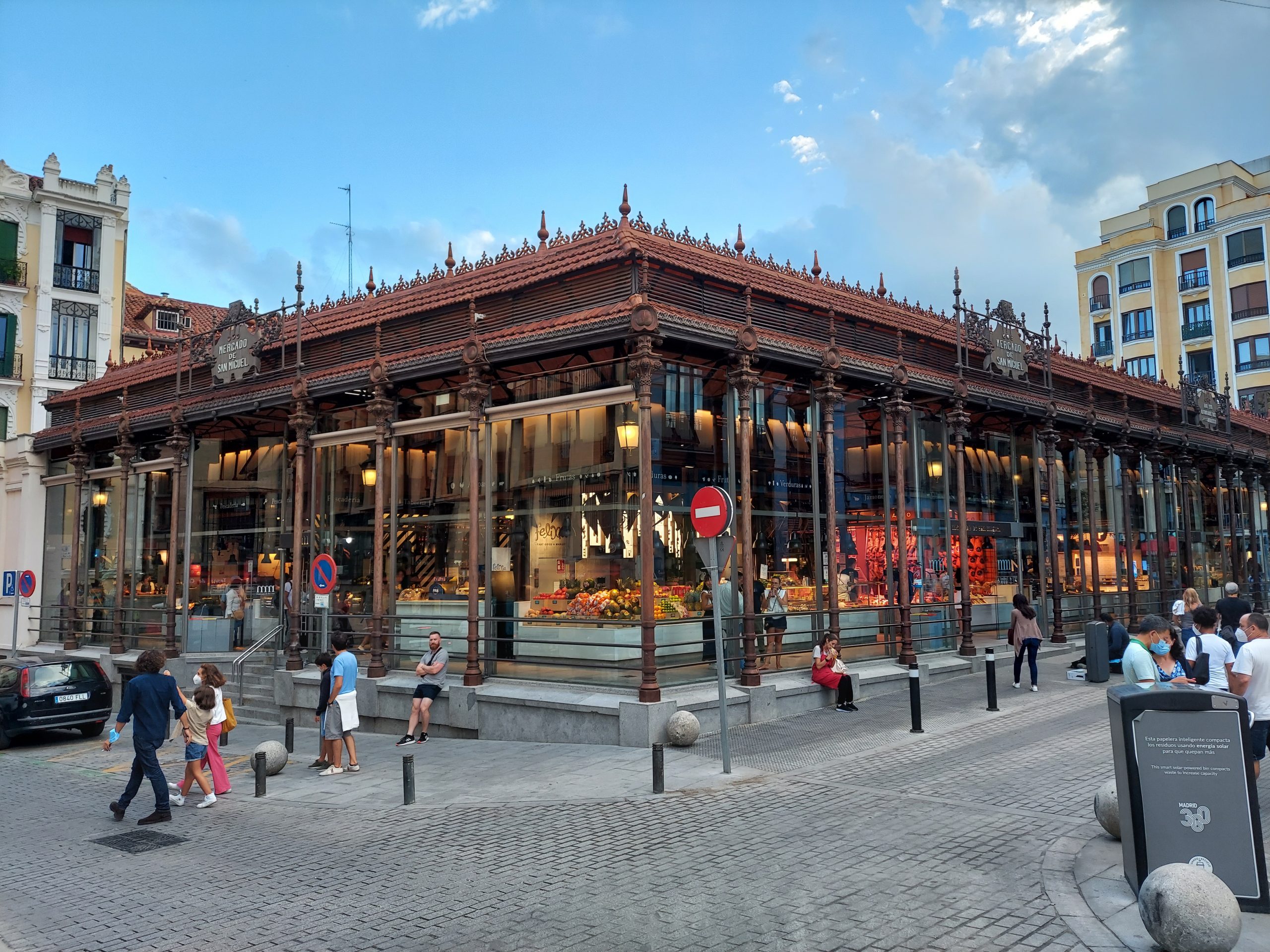
Although on many occasions, as we have entered, so we have left, not finding a place to sit down and enjoy some delicious tapas, the truth is that this place is unique. Just one look at the structure that shelters it is enough to feel attracted to what has been catalogued as one of the main gastronomic markets in the world.
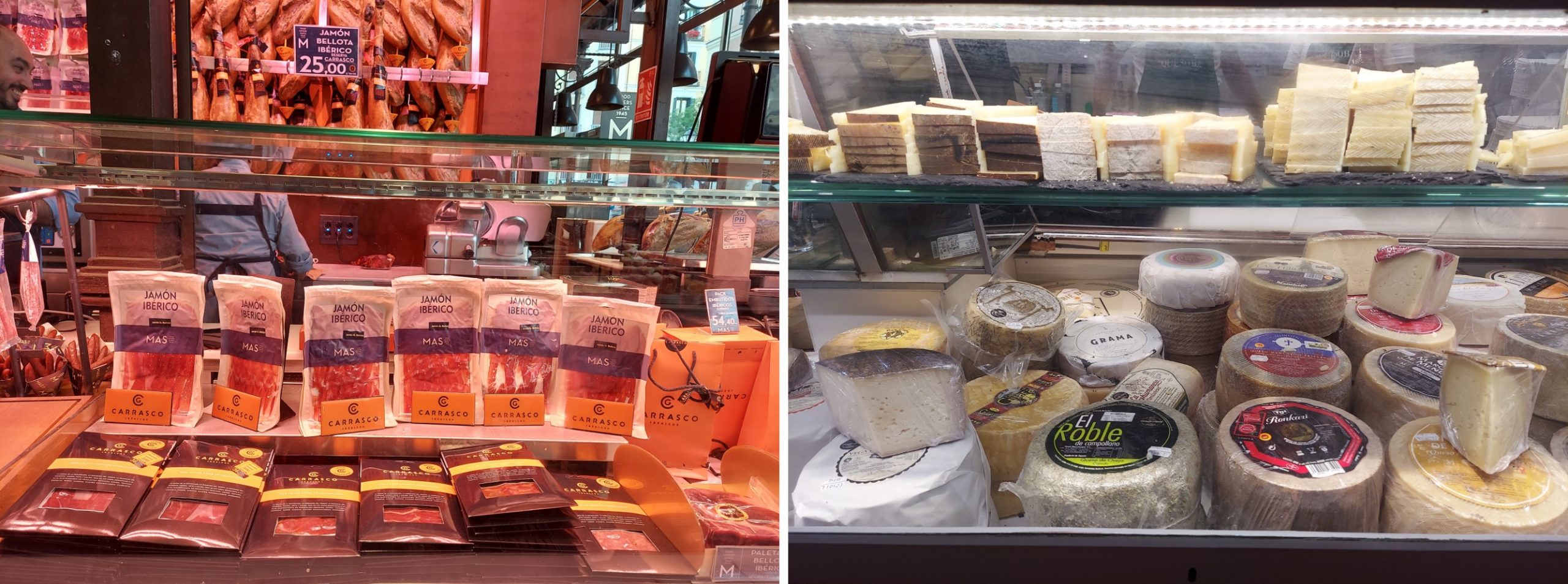
The San Miguel Market gives visitors the opportunity to take a tour of the flavors of top quality products and wines from all corners of Spain. From the best Iberian ham to the freshest seafood that arrives daily from Galicia, Mediterranean rice dishes or the most special cheeses from Castile, Asturias or the Basque Country, there is everything here!
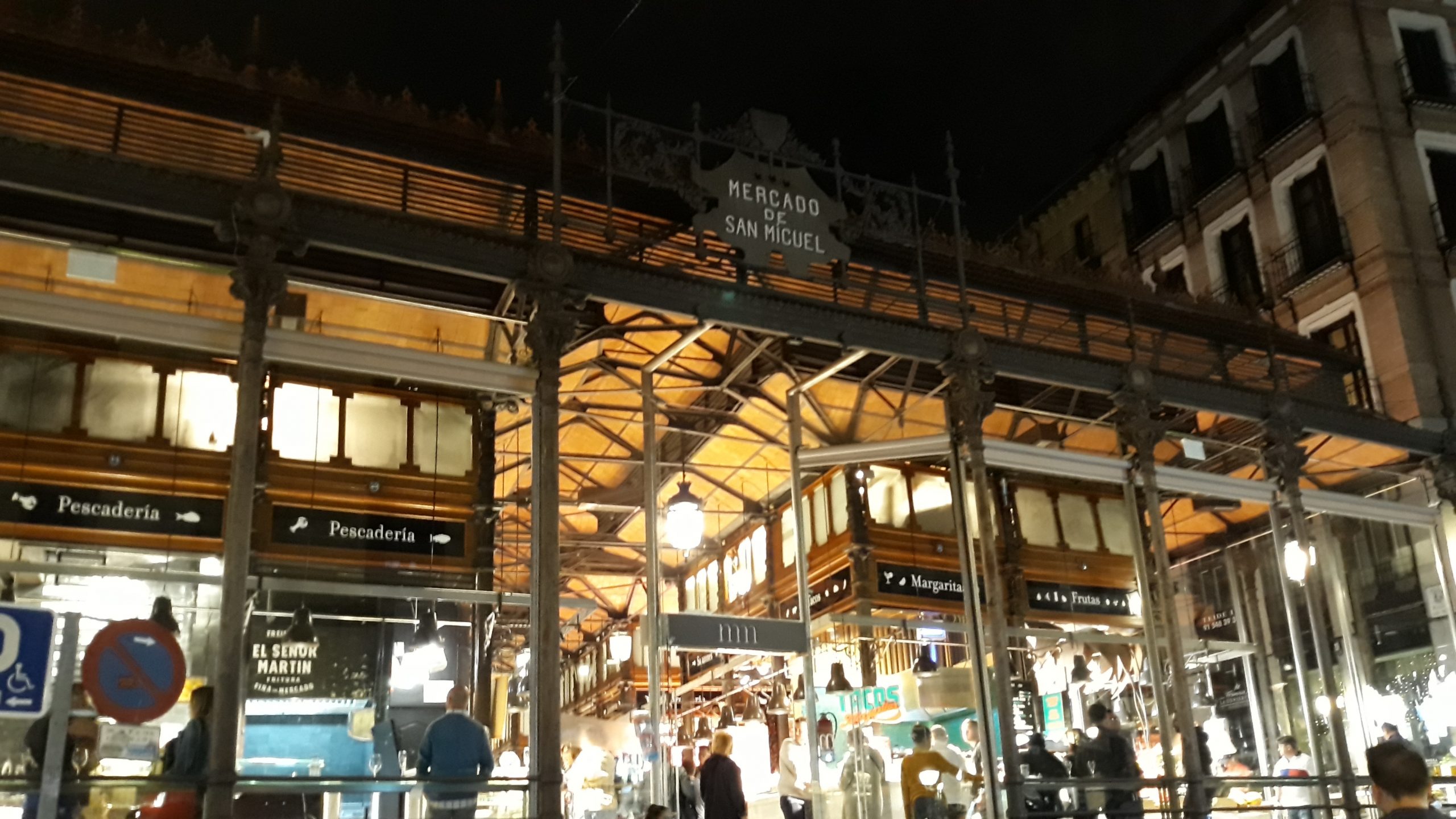
In medieval times, it is said that this area was an open market, surrounded by stalls, at that time called “cajones”, dedicated to the purchase and sale of handmade products produced by the guilds. At the time of Joseph Bonaparte, the old parish church of San Miguel de los Octoes, dating from the early 13th century, was ordered to be demolished and the whole area, including the church, was destroyed by a fire in 1790. And in spite of having been rehabilitated, the structure did not remain in good condition and its demolition was recommended in 1804. The demolition was carried out on November 28, 1809 by order of King Joseph I Bonaparte, as part of his policy of opening spaces in the urban area of Madrid.
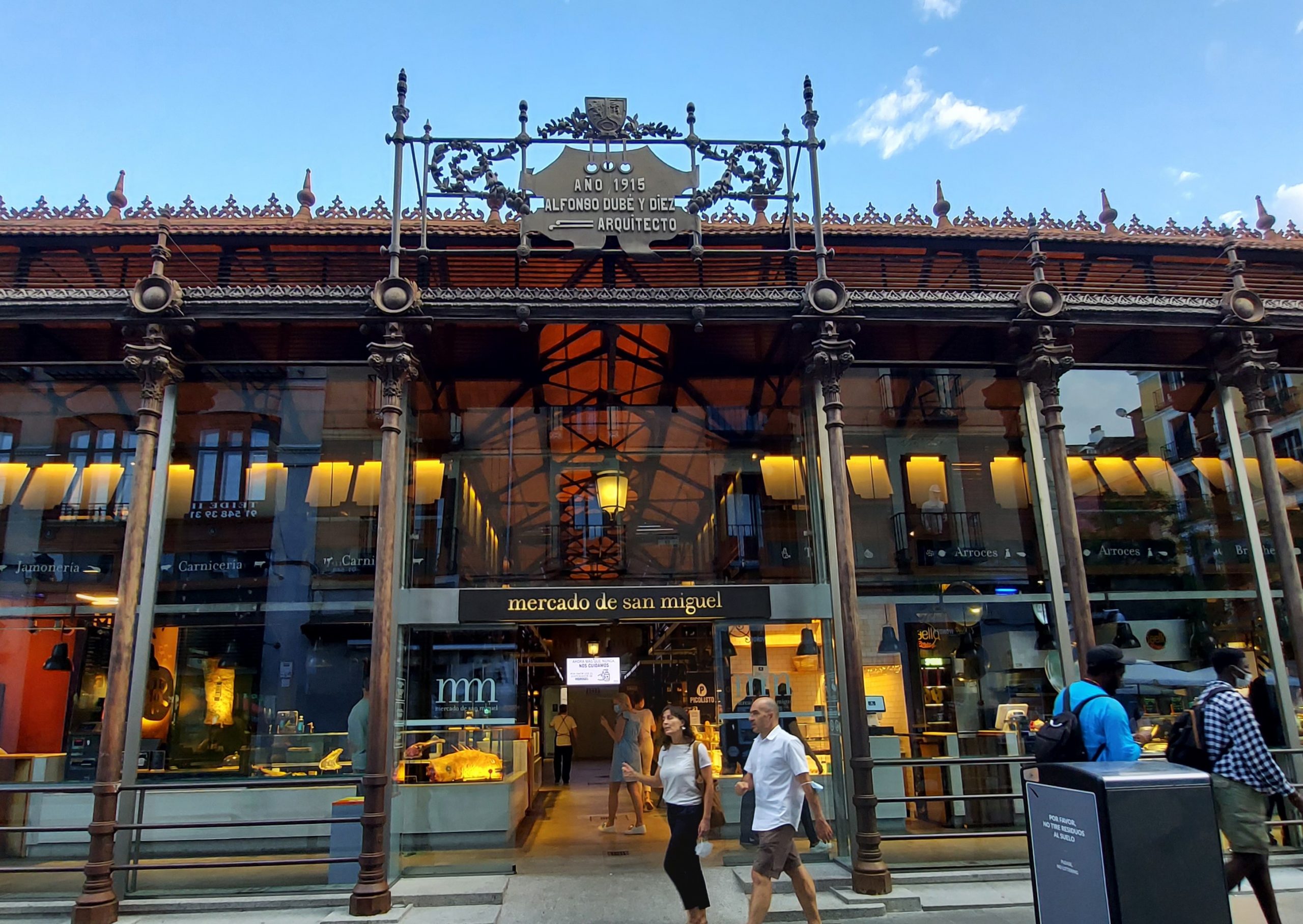
A small square was left in the place where it was planned to build the market that would inherit the name of the old parish. In 1809 it was an “uncovered” market specialized in the sale of fish. Inspired by other European markets made of iron, in the style of Les Halles in Paris, the closed market was built between 1913 and 1916 under the supervision of the architect Alfonso Dubé y Díez.
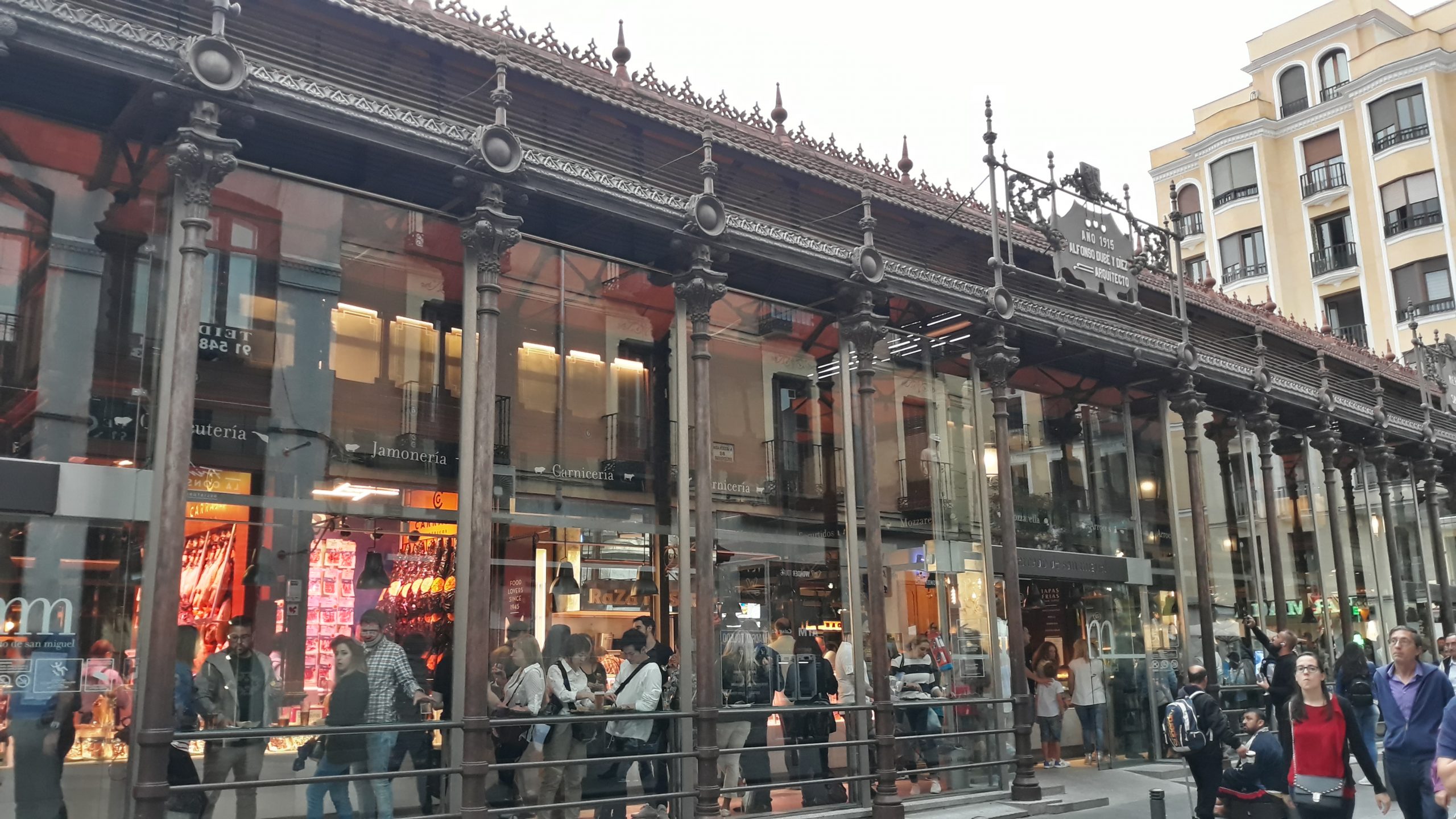
The Mercado de San Miguel was inaugurated on May 13, 1916. It had been built in two phases (the first completed in 1914) so as not to interrupt the commercial operation of the market. The building is rectangular in shape and has two floors, each with a surface area of almost 2000 square meters.
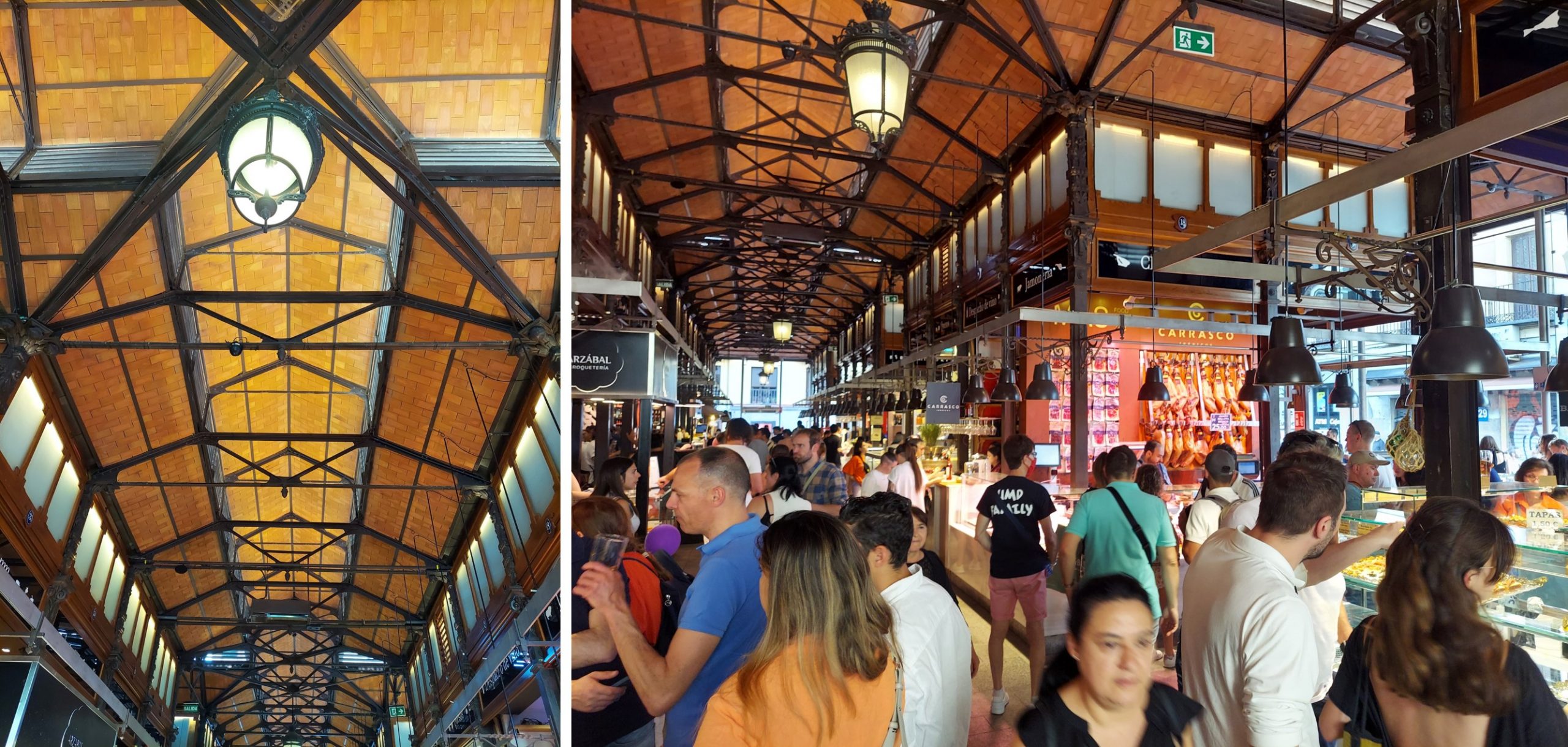
Its most characteristic elements are the cast iron supports of the structure, the composition of the roofs, the drainage system and the ceramic cresting that crowns the roof. The exterior glazing is at the rear, allowing natural light to flood the interior. The Mercado de San Miguel is the only example of iron architecture still remaining in Madrid, since all the covered markets built in the last third of the 19th century were demolished and, in general, replaced by new constructions.
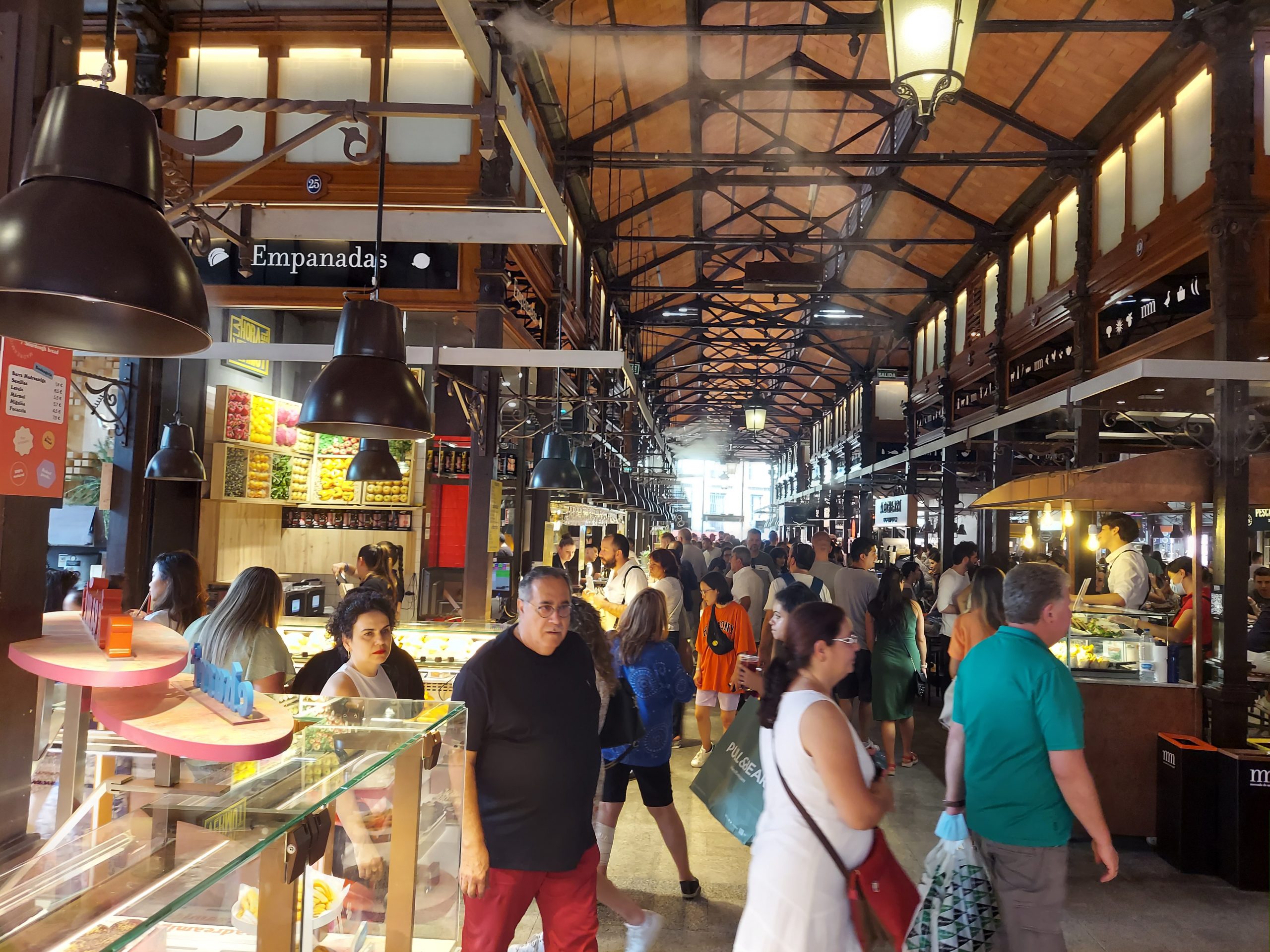
The Mercado de San Miguel has been subjected to many challenges in an attempt to survive in the face of modern supermarkets and shopping malls. This is how the company El Gastrónomo de San Miguel, the current majority owner of the market, was formed. The company is made up of a group of private investors from different cultural and social backgrounds who share architectural and gastronomic interests.
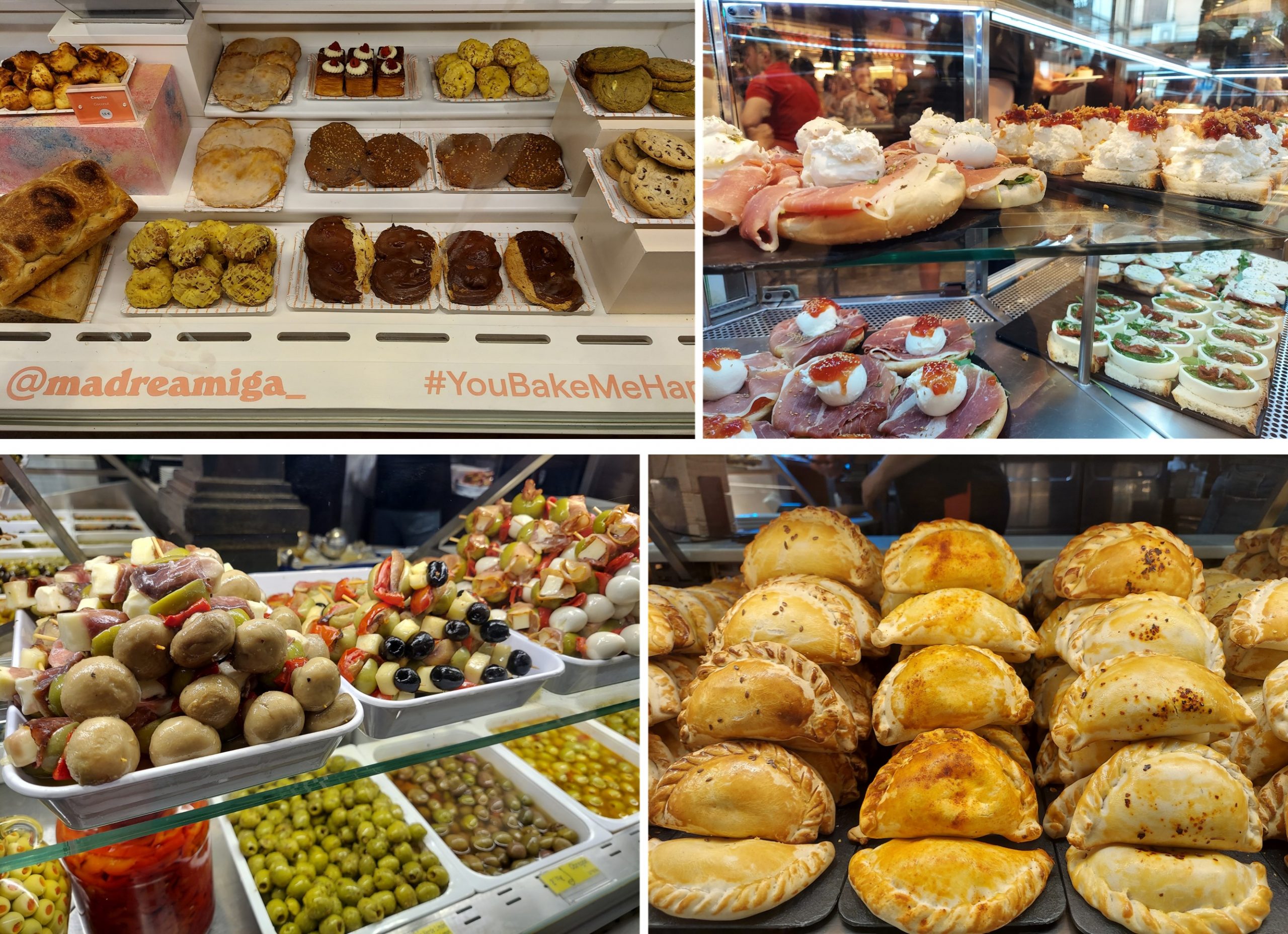
El Gastrónomo de San Miguel aims to create a market that offers high quality products, seasonal food, gastronomic advice, tapas, a good wine or a cold beer, day or night. Giving new life to Madrid, Spanish and even international gastronomy, helping to revitalize the old quarter of the capital. On May 13, 2009, the Mercado de San Miguel reopened its doors and while many businesses have suffered the ravages of the pandemic, this symbol of Madrid is still standing.
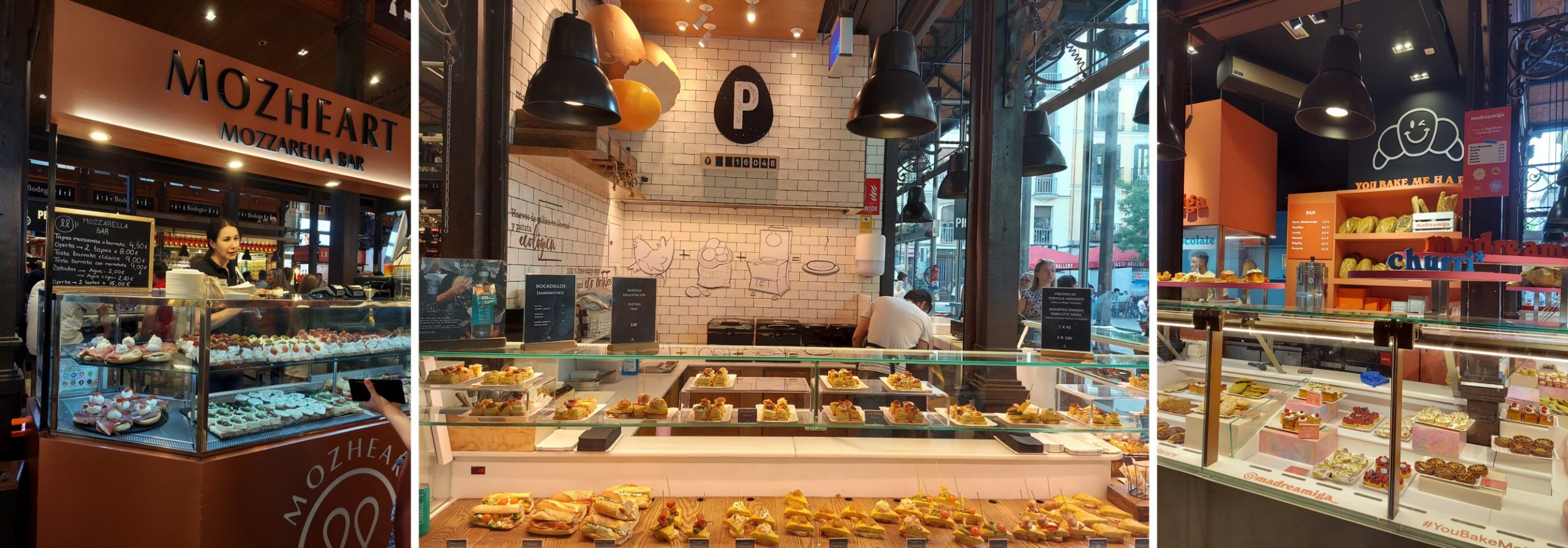
Resources:
- https://mercadodesanmiguel.es/
- https://es.m.wikipedia.org/wiki/Mercado_de_San_Miguel
- https://www.disfrutamadrid.com/mercado-san-miguel
